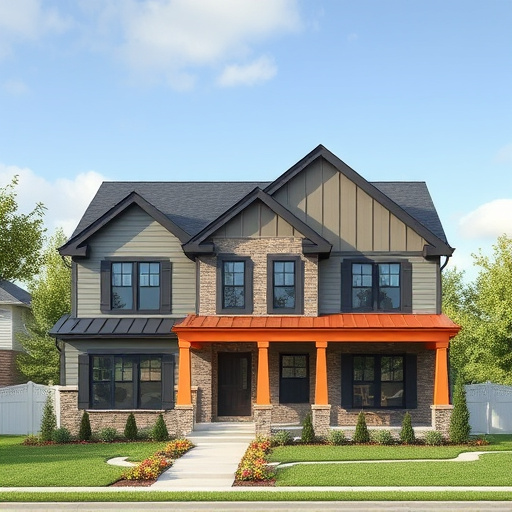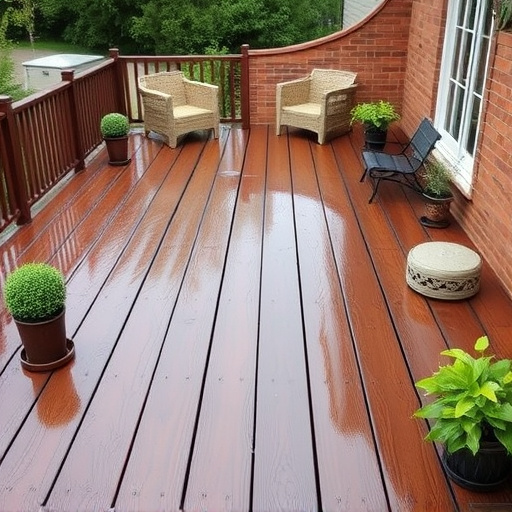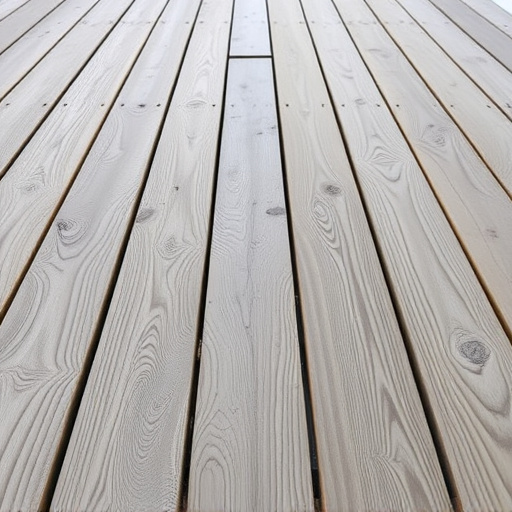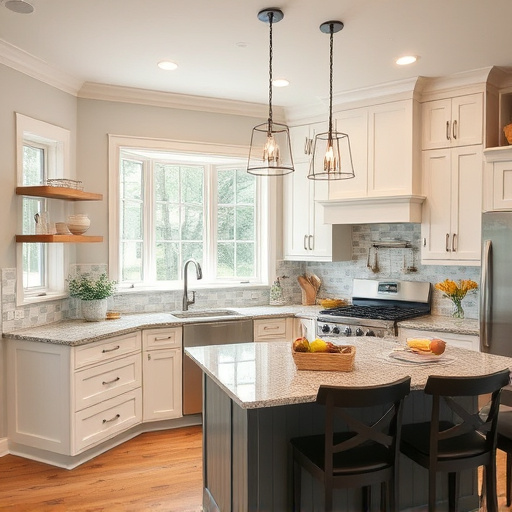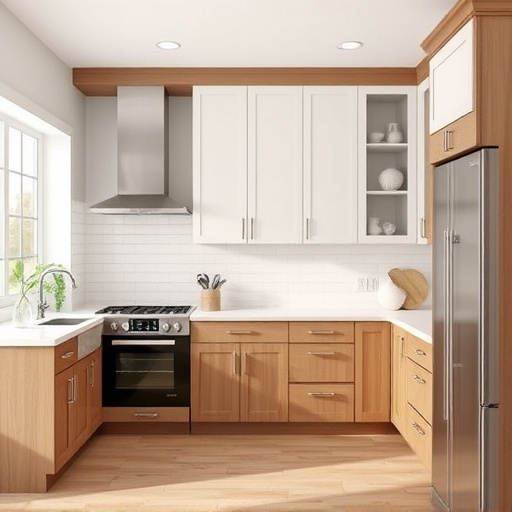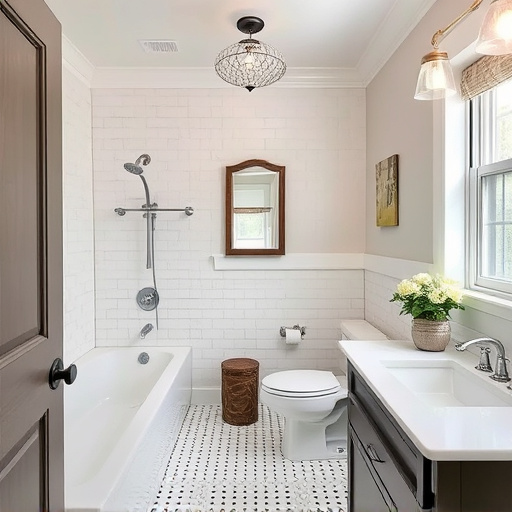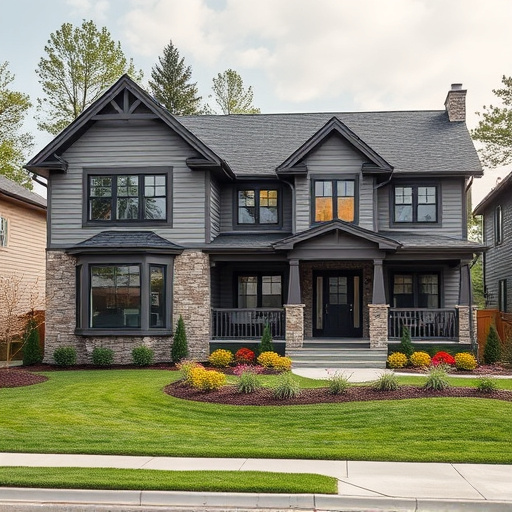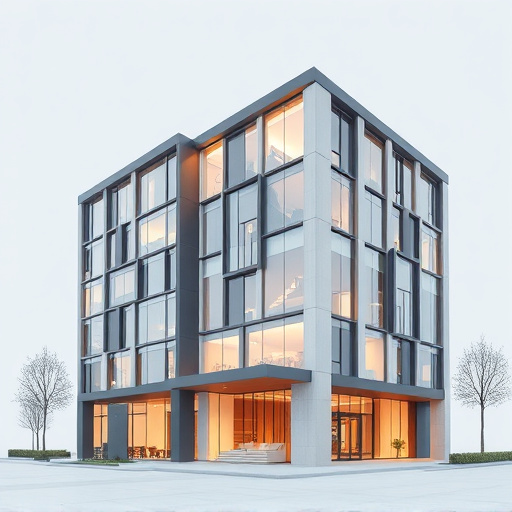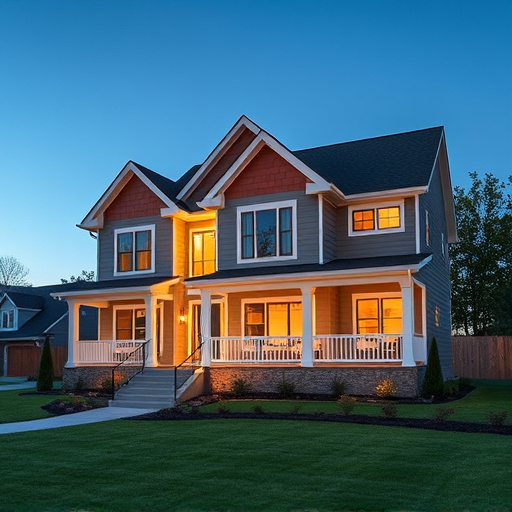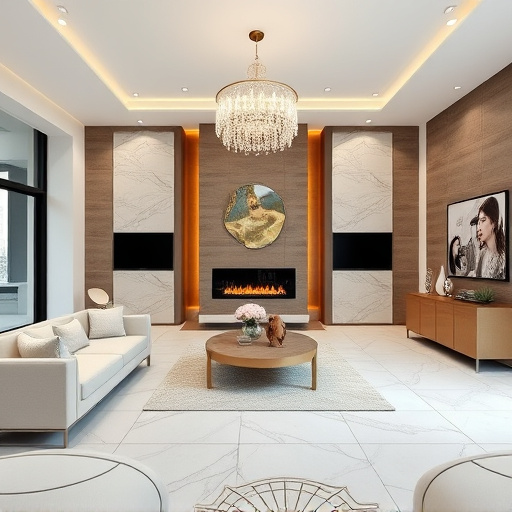Modern design interiors focus on achieving seamless flow in open-concept spaces through strategic furniture placement, color psychology, and architectural solutions. Balancing space division with visual cues creates a cohesive environment for various activities while preserving an airy connection. Incorporating warm/cool colors and unique materials enhances visual harmony and navigability, blending indoor and outdoor elements, as seen in residential renovations, bathroom remodels, and home additions.
Achieving a sense of flow in open-concept design interiors is an art that enhances functionality and aesthetics. In this guide, we explore how to create harmonious spaces that inspire and uplift. By understanding the core concept of flow, leveraging color and material dynamics, and strategically dividing spaces, you can transform your interior into a balanced and inviting environment. Discover tips and tricks to make every room feel connected yet defined within the larger layout.
- Understand the Flow Concept in Open Design
- Utilize Color and Material Dynamics
- Strategize Space Division for Balance
Understand the Flow Concept in Open Design
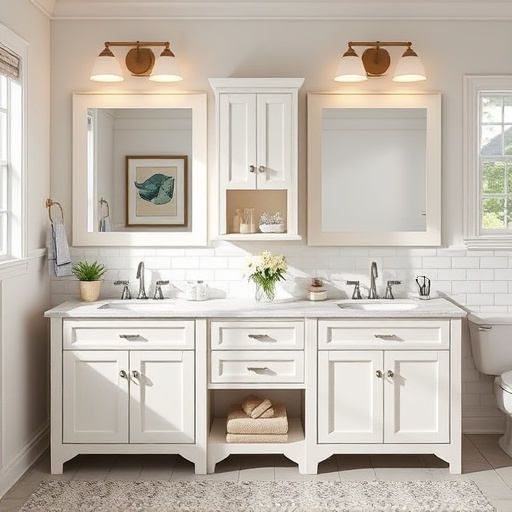
The concept of flow in design interiors is a powerful idea that aims to create a seamless and cohesive environment, especially in open-concept spaces. It refers to the smooth transition between different areas of a home, ensuring each space complements the other while allowing for functionality and personal expression. In the context of modern design interiors, achieving this flow becomes an art, particularly with popular trends like residential renovations, bathroom remodels, and home additions gaining traction.
Open-concept designs, characterized by expansive floor plans and the absence of traditional walls, demand a thoughtful approach to flow. This can be accomplished by employing strategic furniture placement, color psychology, and clever architectural solutions. For instance, using similar design aesthetics throughout the house creates visual harmony, while functional elements like integrated storage or modular furniture pieces can enhance both style and circulation, making it easier for occupants to navigate these fluid spaces.
Utilize Color and Material Dynamics
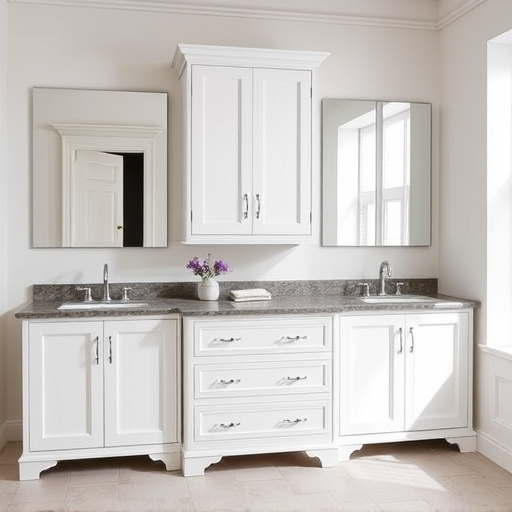
In the realm of open-concept design interiors, utilizing color and material dynamics is a powerful tool to create an immersive and harmonious space. Color plays a pivotal role in shaping the atmosphere; warm tones like earth hues and rich reds can evoke a sense of coziness and invite occupants to relax, while cool colors like blues and greens promote calmness and openness. Strategically incorporating these colors through furniture, textiles, and even architectural elements helps to navigate the flow within the space, guiding the eye and creating visual interest.
Customized home renovations offer an opportunity to integrate unique material dynamics that further enhance the design interiors. Natural materials such as wood, stone, and linen introduce textures and warm, organic sensations, contrasting with sleek, modern finishes to create depth and dimension. Balancing these elements in home additions or renovation projects ensures a visually captivating space that not only accommodates daily routines but also fosters a sense of tranquility and connection to the outdoors.
Strategize Space Division for Balance
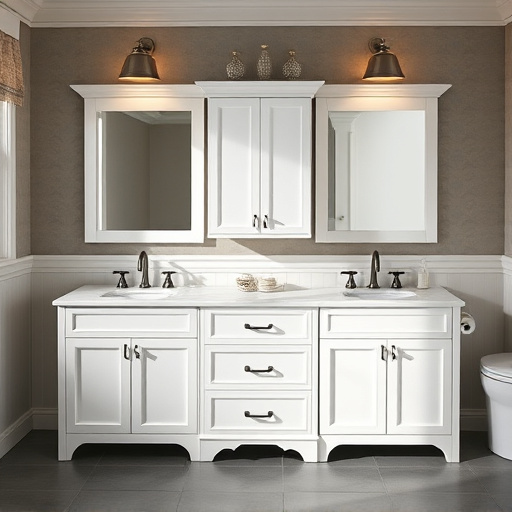
Achieving a sense of flow in open-concept design interiors is an art that requires careful strategizing. When it comes to space division, the goal is to strike a balance between defining areas for specific activities and maintaining an airy, connected feel. A thoughtful layout can ensure that each zone serves its intended purpose while seamlessly blending with the overall design.
To accomplish this, consider using visual cues like architectural elements, flooring variations, or furniture placement. For instance, a change in flooring material or the strategic use of bookshelves or partitions can subtly define areas for living, dining, and relaxing without compromising the open concept. This balance is key to creating a harmonious environment, especially in residential renovations where every decision contributes to the overall comfort and functionality of the space.
Achieving flow in open-concept design interiors is about creating a harmonious balance between space, color, and material dynamics. By understanding the flow concept, strategically dividing spaces, and leveraging color and materials, you can transform your interior into a vibrant and functional area that captivates and comforts. Incorporating these principles into your design approach ensures a serene, inviting environment that enhances daily living and entertainment within your very own home.


